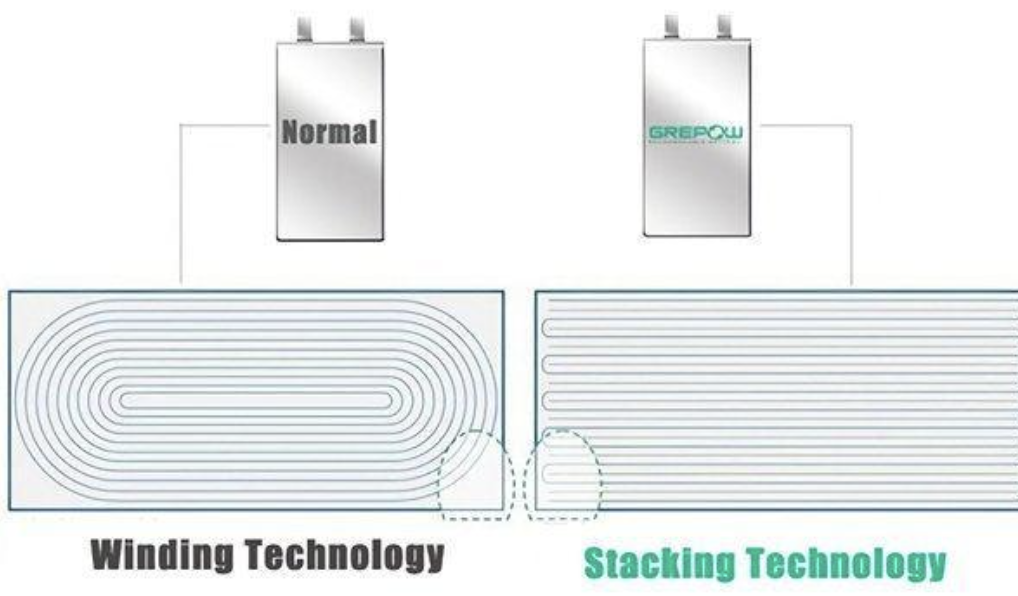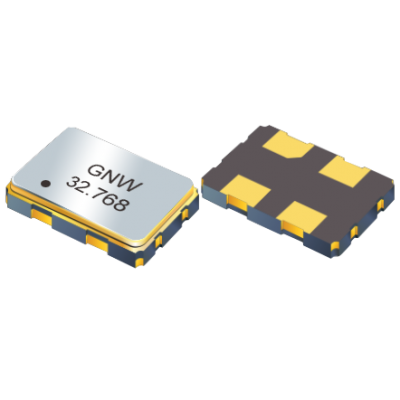
(卷绕电池 vs 叠层电池)
什么是叠层电池技术(Stacking Technology)?
Simply put, Stacking Technology is a method of manufacturing battery cells, or a way of assembling and packaging battery elements. A general battery cell is a long strip of material composed of positive and negative electrodes rolled into a cylindrical shape, and then encapsulated. The Stacking Technology, on the other hand, folds the positive, negative, and isolation plates into a jagged hierarchy and then encapsulates them.
简单来说,叠层电池技术就是一种制造电池单元的方法,或者说是一种电池元件的组装和封装方式。一般的电池单元是由正极和负极组成的长条形材料卷成圆柱状,然后封装起来。而叠层电池单元则是将正极、负极和隔离片折叠成锯齿状的层次结构,然后封装起来。
叠层电池相比卷绕电池(Winding Technology)有什么优势呢?
First, Stacking Technology can reduce the voids inside the package, allowing more active material to be included, thereby increasing the overall capacity. Second, Stacking Technology can achieve multipolarization instead of winding technology. This means that the resistance inside the battery is reduced, reducing the heat generated when charging and discharging. Again, the heat is distributed more evenly in the tandem cell rather than concentrated in one area. This prolongs the life of the battery and prevents aging and swelling. Finally, Stacking batteries can also support higher charge and discharge rates, accommodating the needs of fast charging and high power output.
首先,叠层电池可以减少封装内部的空隙,使得更多的活性物质可以被包含在内,从而提高了总体容量。其次,叠层电池可以实现多极化,而不是单极化的卷绕电池。这意味着电池内部的电阻会降低,从而减少了充放电时产生的热量。再次,热量在叠层电池中会更均匀地分布,而不是集中在某个区域。这样可以延长电池的寿命,防止老化和膨胀。最后,叠层电池还可以支持更高的充放电速率,适应快速充电和大功率输出的需求。
At present, Stacking Technology has been widely used in electric vehicles, medical equipment, aerospace and renewable energy storage. It is reported that Apple’s iPhone 15 series will be equipped with an advanced battery of Stacking Technology, which will bring higher energy density, faster charging speed and longer service life to the phone.
目前,叠层电池技术已经广泛应用于电动汽车、医疗设备、航空航天和可再生能源储存等领域。据悉,苹果公司的iPhone15系列或将搭载一种先进的叠层电池技术,这将为手机带来更高的能量密度、更快的充电速度和更长的使用寿命。






